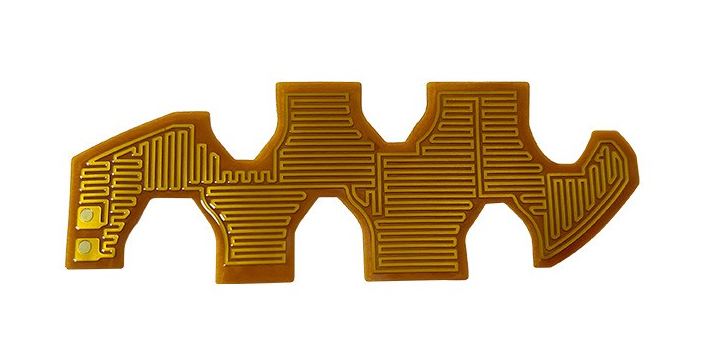Flex heaters are popular due to their versatility and efficiency in various applications. However, a crucial question often arises: is it safe to immerse these heaters in water or other liquids? The straightforward answer is NO. While some flex heaters can withstand occasional exposure to moisture, they are not designed for full immersion.

Flex heaters, such as polyimide insulated Thermofoil heaters, are made from materials that are inherently waterproof. This means they can resist water to some extent, such as splashes or brief contact with moisture. However, being waterproof does not equate to being immersible. The key issue lies in the edges and connections of the heater, which are not sealed well enough to prevent water ingress during prolonged submersion.
1. Edge Sealing Issues: The edges of flex heaters, despite being made from waterproof materials, are not adequately sealed to withstand immersion. Water can penetrate these vulnerable points, potentially leading to electrical shorts, heater failure, or safety hazards.
2. Leadwire Connections: The points where leadwires attach to the heater are another area of concern. Without proper sealing, these connections are susceptible to water damage, which can compromise the heater's functionality and safety.
While full immersion is unsafe, flex heaters can handle exposure to moisture under certain conditions:
1. Splashes and Spills: Flex heaters can withstand occasional splashes or spills without immediate damage. This makes them suitable for environments where incidental contact with water is possible, but immersion is not expected.
2. Brief Wetting: Short-term contact with water, such as during cleaning or accidental wetting, generally does not pose a significant risk. However, ensuring the heater is thoroughly dried afterward is crucial to maintaining its integrity.

If you need a heater for an environment where it may get wet but not submerged, consider the following:
1. Proper Installation: Ensure proper installation to minimize exposure to water, such as placing the heater in a protected location.
2. Regular Inspection: Regularly inspect the heater for signs of wear or damage, particularly around edges and connections.
3. Consult Manufacturer: Always consult the manufacturer or a heating specialist for advice on the appropriate heater for your specific application.
In conclusion, while flex heaters are not designed for full immersion in water or other liquids, they can tolerate incidental moisture exposure. Custom designs and additional sealing can make some heaters suitable for wet environments, but standard flex heaters should not be submerged. For optimal performance and safety, carefully consider your application requirements and consult with experts to choose the right heater for your needs.

We offer a wide variety of high-efficiency heaters and heating element.Such as polyimide/kapton heaters,silicone rubber heaters,PET transparent heaters, thick film heaters,PTC heaters, mica heaters,epoxy resin heaters and graphene heating film.